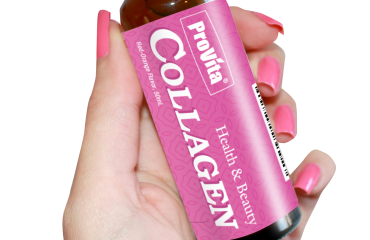
Several anti-aging strategies have been developed in recent decades which include cosmetological strategies, topical and systemic therapeutic agents and invasive procedures. Aging affects the skin biology to a great extend as it is visible to us. Whereas, aging signs of internal organs are masked from the ambient “eyes”. Chronological aging occurs due to the decline of skin structure and function which is a part of a natural human “aging mosaic”. Skin is the largest organ in the human body, and serves several important functions. It is the largest sensory organ which provides a physical barrier against environmental factors (a).
The unpreventable intrinsic ageing process diminishes the self-renewing capability of the epidermis, which provides vital barrier function. Skin ageing is also influenced by exogenous factors as well. Skin aging is a complex biological process influenced by combination of factors contributed internally and externally which leads to progressive changes in each skin layer as well as changes in skin appearance. Non-prescription topical skincare products are been highly studied and recommended by skin care professionals. In addition, to guide patients toward understanding basic skin biology and choosing optimally effective skin care products clinical studies have also demonstrated that the beneficial effects of collagen intake on its benefits. Desired skincare benefit includes improving facial skin elasticity, reduce skin dryness and wrinkles, and increase the collagen content of the skin dermis. High-quality, drinkable collagen supplements not only replenish the body’s own collagen, but stimulate the body’s own natural production as it ages (b).
Reference
a. Ganceviciene, R., Liakou, A. I., Theodoridis, A., Makrantonaki, E., & Zouboulis, C. C. (2012). Skin anti-aging strategies. Dermato-endocrinology, 4(3), 308-319.
b. Mayoral, F. A., Kenner, J. R., & Draelos, Z. D. (2014). The skin health and beauty pyramid: a clinically based guide to selecting topical skincare products. J Drugs Dermatol, 13(4), 414-421.



